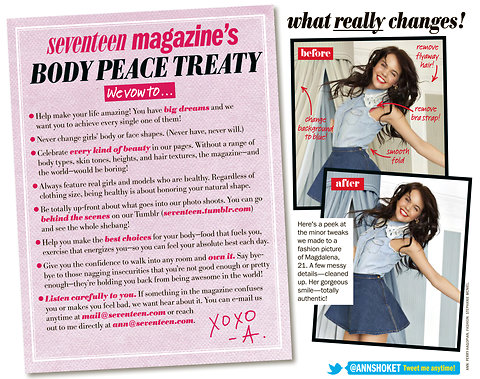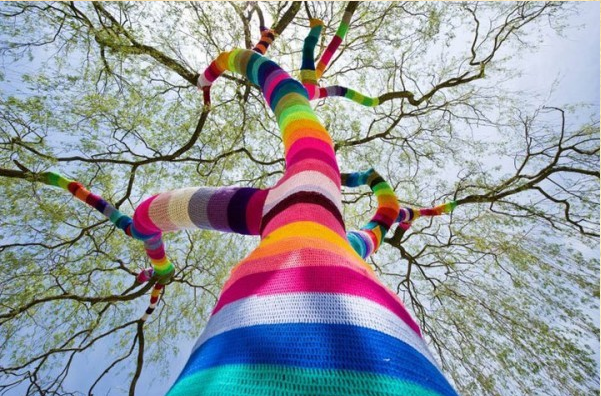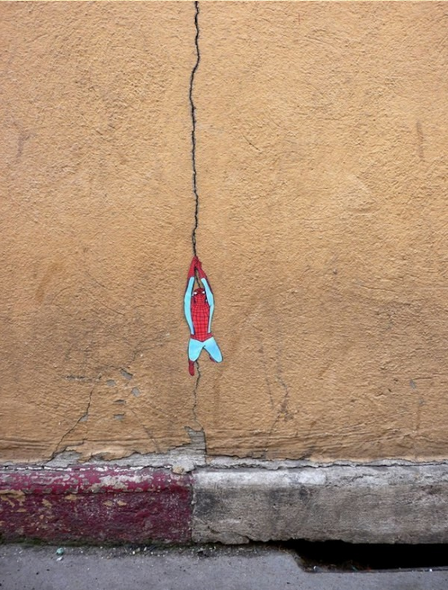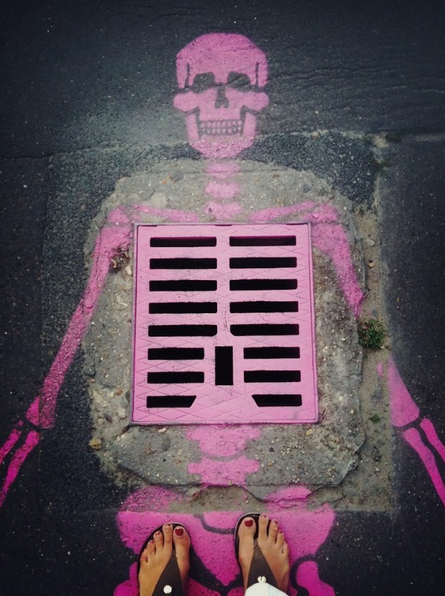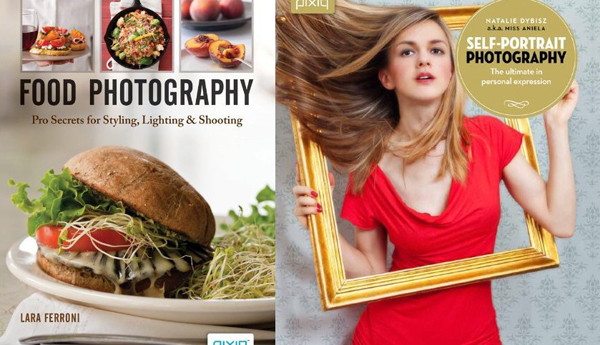Share
Friday Happy Hour: Teen Magazine Says “No” to Over-Photoshopping & More
The amount of retouching done to improve magazines’ photography – mainly woman’s fashion – have long been at the heart of a heated debate i...

The amount of retouching done to improve magazines’ photography – mainly woman’s fashion – have long been at the heart of a heated debate in the publishing industry. This week, The New York Times reported that Seventeen magazine has vowed to never change girls’ body or face shapes, and to only include real girls and models who are healthy. A win for the teen readership? More on that, plus the photography, videos, and marketing tips that caught our eye this week.
Seventeen magazine says “no” to over-Photoshopping
While many magazines say that retouching serves to showcase subjects in a way that attracts and inspires readers, the readers themselves are coming forward to demand a more authentic representation in their photography. One such reader was 14-year-old Julia Bluhm, who started a petition to get Seventeen magazine to stop Photoshopping girls. 25,000 signatures later, Seventeen editor-in-chief Ann Shoket published the “Body Peace Treaty” in the August issue that pledged to “never change girls’ body or face shapes” and will include only images of “real girls and models who are healthy.”
“The policy points outlined by Seventeen represent a victory for young women who have been encouraging the magazine to present more realistic images of women,” reports the NY Times. Who’s next on the hit list? Teen Vogue, for one, which already has a petition against it in motion.
Personally, we’re waiting to hear what master retoucher Amy Dresser has to say about Photoshopping in her talk at Luminance 2012 – her presentation topic is, “No, I’m not mentally retouching your face while I speak to you.” Learn more about Amy and all our speakers www.photoshelter.com/luminance/speakers
Photos of awesome street art
Thanks Chase Jarvis for making our weekend last week with this roundup of 9 photos of totally awesome street art. Like hidden gems, well-done street art is fun, surprising, and delightful. Enjoy a few photos here, and see the rest on Chase’s blog.
The photographer’s summer reading list
Pixiq has your summer reading list ready – plus 50% off if you order from Barnes & Noble through their website. This is part one of their list, featuring Pixiq books designed to inspire and tap into your creative side.
While half the list is actually related to cellphoneography, there’s also Food Photography: Pro Secrets for Styling, Lighting & Shooting by Laura Ferroni and Self-Portrait Photography by Natalie Dybisz. Check it out to see if anything inspires you.
P&G video shows Olympic athletes as cute, competitive kids
Hot on the heels of anticipation for the summer Olympics, Procter & Gamble’s second installment of its campaign “Thank you, Mom” shows this year’s competitors portrayed as children. It’s a well-done video – and those kids preparing for the games are pretty darn cute. (via Co.CREATE)
How Canon gear is manufactured
Ever wonder what goes on behind-the-scenes at the Canon factory? This promotional/educational video by Canon gives the basic on how digital cameras look, plus how they manufacture them. And here’s an interesting fact: lenses are so precise that if they were to be enlarged to the size of a sports stadium, the margin of error would be less than the thickness of a business card. (via PetaPixel)
5 factors behind the most shared tweets
For those of us still trying to figure out the magic recipe to getting our Twitter content retweeted, KISSmetrics offers “The 5 Surprising Factors Behind the Most Shared Tweets“. These include:
- The authority that posts the article, i.e. your local electronics store vs. Wired.
- The news category (technology beats world news).
- Subjectivity of language, i.e. “sensational photos” vs. “great photos”.
- Popular names in tweets (celebrities, industry leaders, etc.).
- Constant testing, to figure out what works best for your tweeting.
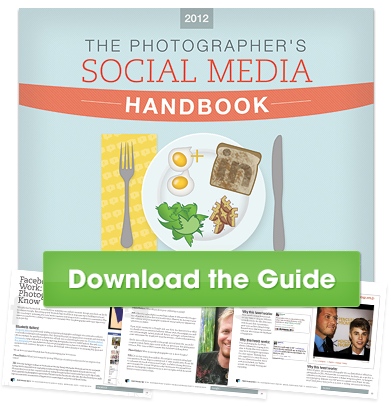
Want more info on improving your social media strategy? Check out The Photographer’s Social Media Handbook for posting strategies on Facebook, Google+, LinkedIn, and Twitter.
